13 Basic Tools
Every Homeowner Should Have
Sure, a surprising number of household repairs can be completed with a good kick and/or loud swearing. But having the wrong tool, or no tool, to build or fix things around the house will eventually lead to frustration. Use this list as a starting point to save yourself time, energy and money.
Plunger
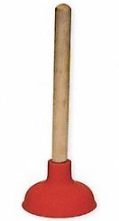
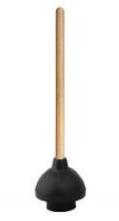
The worst time to buy a plunger is when you need one. A clogged sink or toilet is one of the more inconvenient household issues you'll face. Plungers are inexpensive; don't put off buying one until you have a house full of guests!
Combination Wrench Set
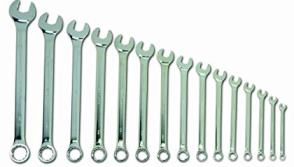
Almost everything in your home is held together by nails, screws, or nuts and bolts. A wrench - or more accurately, wrenches - is what you need to tackle the latter. One end of a combination wrench set is open and the other end is a closed loop or a box. Nuts and bolts are manufactured in English (represented by a fraction), and in metric sizes (represented in millimeters, or mm). Metric is more widely used but it doesn't hurt to have a set of each on hand.
Slip-Joint Pliers

Use pliers to grab hold of a nail, a staple, a bolt, anything too small or tough for fingers. These types of pliers are versatile because of the jaws, which feature both fine and coarse areas for gripping many types of objects.
Caulking Gun
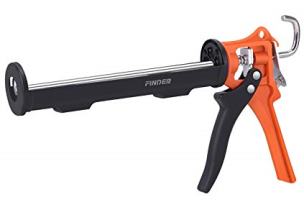
Caulking is the process of sealing up cracks and gaps in various parts of a house. Caulking can provide noise reduction, thermal insulation, and control moisture intrusion. Caulk is soft silicone, latex, acrylic or other material that comes in a tube. A 'gun' is the tool used to squeeze caulk onto your surface. Caulk should be applied only to areas that are clean and dry. If you'll be painting the area after caulking, make sure the label reads 'paintable'.
Flashlight
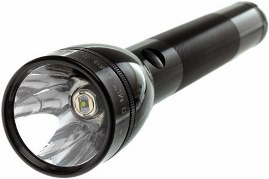
Modern flashlights are LEDs (light emitting diode) and are far brighter than the flickering yellow flashlights of old. Their brightness is expressed in lumens; the higher the lumens, the brighter the light. See what's going on in nooks and crannies, in the depths of your appliances or deep in that creepy-crawly crawlspace. And of course having a flashlight in case of a power outage is essential.
Tape Measure

Measuring indoor or outdoor house projects requires a tape measure -- not a ruler or a yardstick. Tape measures come in many lengths, although 25 feet is best.
Level

When it comes to something 'looking right', don't just go by looks. Only a level can be used to determine if something like a shelf, appliance, or fencepost is correctly oriented. The bubble in the viewfinder should be centered between the lines.
Safety Glasses
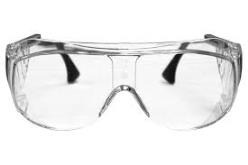
You should wear safety glasses for most jobs involving a hammer or a power tool. They'll help protect you from dust, debris, liquids and all manner of eyeball dangers. Don't forget to throw them on when mowing or weed-whacking.
Hammer

A good hammer is one of the most important tools you can own. Use it to drive and remove nails, hang pictures or break open that piggy bank.
Screwdriver Set
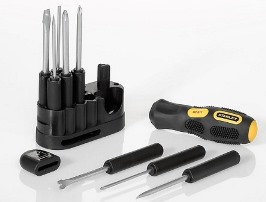
It's optimal to own at least four screwdrivers: a small and large version of both a flathead and a Phillips-head screwdriver. Electric screwdrivers can be helpful when assembling DIY projects but be careful not to damage the screw head; give yourself some practice time with any power tool before working on an important project.
Wire cutters
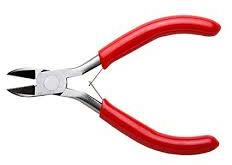
Wire cutters are pliers designed to cut wires. They are generally not used to grab or turn anything. Resist the temptation to use scissors when cutting even the thinnest wire.
Respirator/Safety Mask
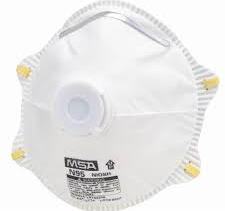
If you plan on doing in home renovations a mask should be worn when working in dusty, dirty or moldy environments. Disposable masks usually come in packs of 10 and should be thrown away after use. Full and half-face respirators can be used to prevent the inhalation of very fine particles, paint fumes or cleaning chemicals. You only get one set of lungs - take good care of them!
Duct Tape
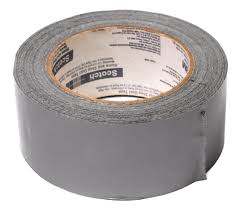
This tape is extremely strong and adaptable. Although, oddly enough, you shouldn't use it to repair air ducts. Duct tape is one of the key items specified for home emergency kits because it's water-resistant and extremely sticky. It also now comes in any designer color or pattern your heart desires.